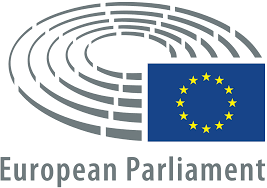 MEPs vote last week on plans to reform the EU’s emissions trading system (ETS), a scheme set up to help reduce greenhouse gases, which is not not working as expected. Although the EU is the world’s third largest CO2 emitter, it also harbours the most ambitious climate target: to cut emissions by at least 40% by 2030 compared to 1990 levels. The plans voted on in Parliament this week should help achieve this target while maintaining Europe’s industrial competitiveness.
MEPs vote last week on plans to reform the EU’s emissions trading system (ETS), a scheme set up to help reduce greenhouse gases, which is not not working as expected. Although the EU is the world’s third largest CO2 emitter, it also harbours the most ambitious climate target: to cut emissions by at least 40% by 2030 compared to 1990 levels. The plans voted on in Parliament this week should help achieve this target while maintaining Europe’s industrial competitiveness.
Launched in 2005, the emissions trading schemes obliges more than 11,000 power plants and factories to hold a permit for each tonne of CO2 they emit. Companies have to buy them through auctions. However, some of them are allocated for free, particularly in sectors at risk of having companies move production to other regions with laxer emission constraints.
The amount of permits put on auction is reduced year by year. The share of freely allocated permits is also reduced, except for critical industries. This should provide a financial incentive to pollute less: the less you pollute, the less you pay.
However, the price of permits have been very low in recent years because of oversupply, which means companies have little incentive to switch to less polluting technologies.
On Wednesday, MEPs vote on proposals aimed at reducing oversupply and boosting prices, including a proposal to reduce the supply of permits at a faster rate, as well as putting a certain amount of them in reserve.
The changes will form the basis of further negotiations with the governments of member states on the final text of the directive. UK ECR member Ian Duncan, who wrote the report with recommendations to fellow MEPs, will lead the negotiations on behalf of Parliament.
Source: europarl.europa.eu

